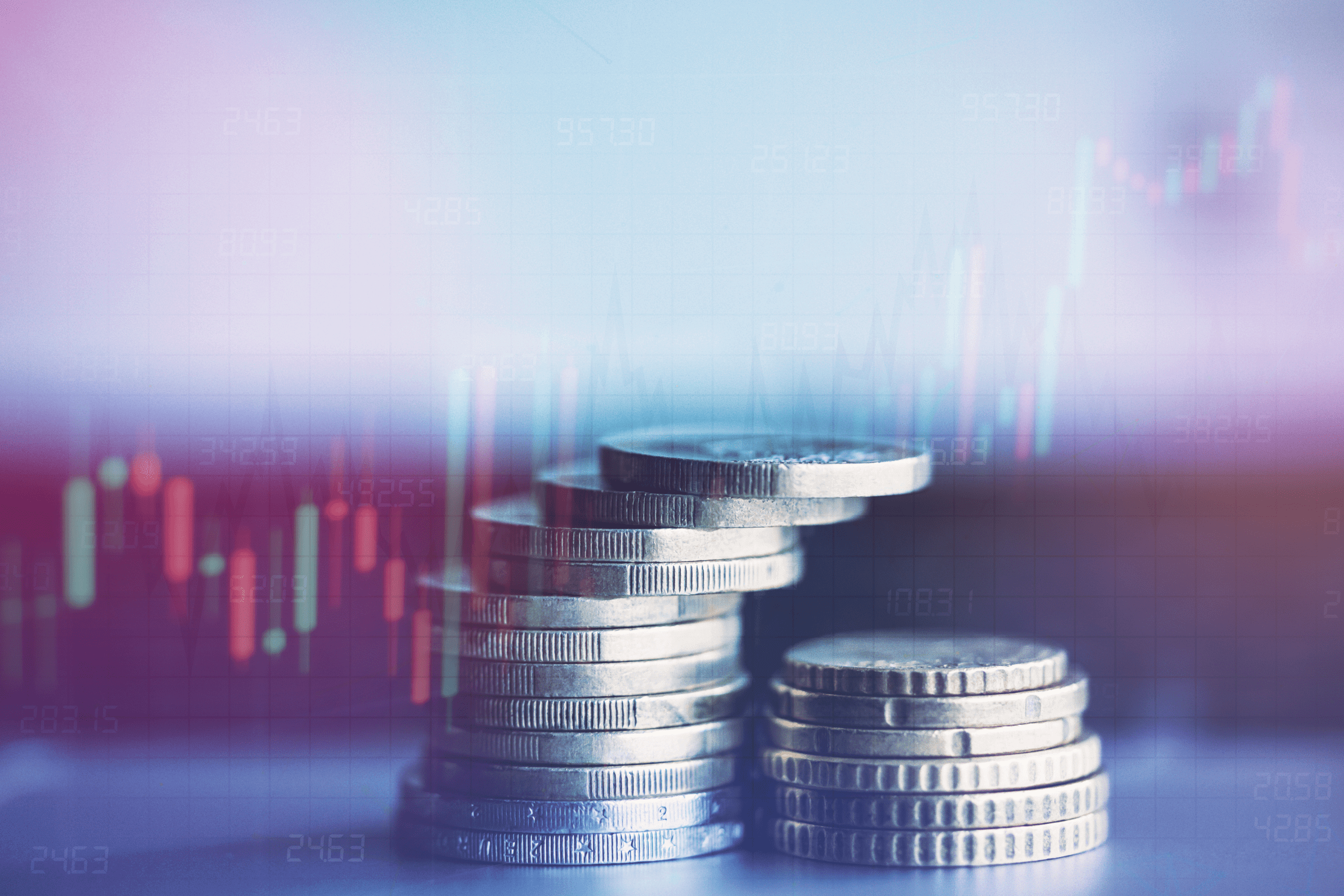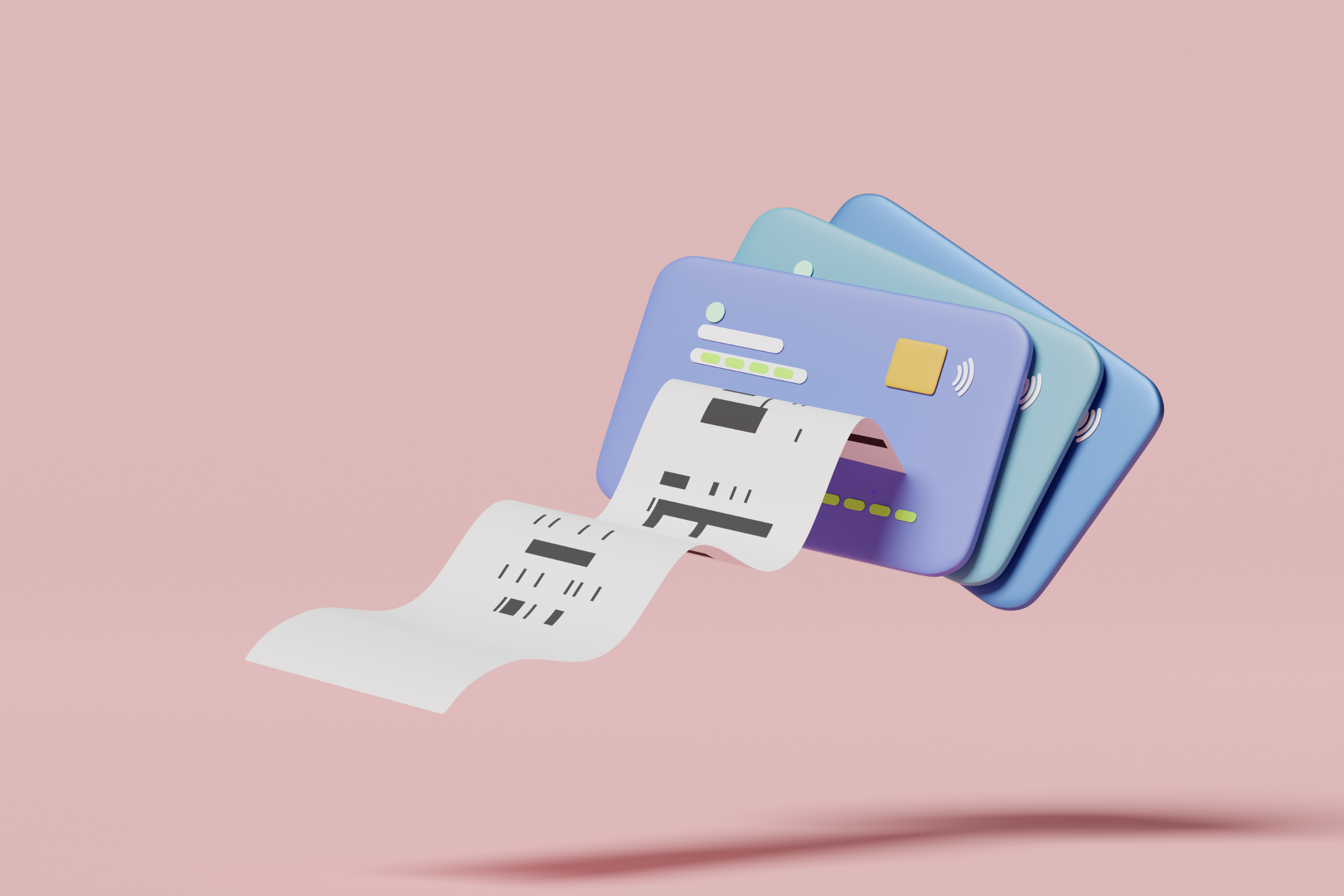The adoption of cryptocurrency is increasing and how they are being used is becoming more widespread. As such, questions continue to arise about how cryptocurrencies, as well as other digital currencies, relate to fiat currencies. Fiat money is a government-issued currency which is not backed or upheld by physical objects, such as gold.
Long-term investors and traders themselves often aren’t always confident as to what fiat currency is and what impact this can have on digital currencies. Let’s take a look at what the definition of fiat currency is and whether this has an impact on your trading practices.
Understanding Fiat Currency
What Is Fiat Currency?
Fiat currency is a physical form of currency that is backed by a government. Fiat currency hold value and more coin and paper currencies which are used throughout the world are classed as fiat currency, including the dollar, pound, euro and rupee.
“Fiat” is a word with Latin meaning for “it shall be” or “let it be”. There is no actual utility in fiat currency and it only has value due to the fact that governments maintain their value. Before fiat currency was around, governments would create coins out of certain valuable and physical commodities, such as silver, gold and other metals, or they would print out paper money which could then be redeemed for a set amount.
Fiat currency, in comparison, is inconvertible and is unable to be redeemed as there is no commodity that backs it. As fiat currency isn’t linked to a physical currency reserve, it has the risk of losing value in line with inflation or, in the worst-case scenario, becoming worthless due to hyperinflation.
How Well Do Fiat Currencies Hold Their Value?
When more currency is issued over time, then fiat currencies lose their value. Over time, this can result in increased demand, supply and inflation. The increase of money supply over time is also known as and referred to as “printing money”. The prices and value of goods will always move in the direction of money supply and, as money supply increases, so too do prices. In comparison, when prices fall, money supply will do too.
Whilst prices might drop consecutively over time, also known as deflation, inflation is more likely to be a common occurrence. It is considered that inflation is better for the economy than deflation, even though inflation can eat into the purchasing power of paper money. During periods of deflation, it’s important to remember that asset prices are also decreasing, which can then cause other financial assets to decrease. Without inflation and the increase in money supply, there will be no growth within the economy.
Cryptocurrency vs Fiat Currency
Just like fiat currencies, cryptocurrencies hold no intrinsic value. The value of coins and cryptocurrencies is dependent on supply and demand. Given that cryptocurrencies are relatively new, a lot of their current value is based on people buying and holding them, in the hope that they will grow in value. Major fiat currencies have the tendency to be stable, which allows for services and goods to be exchanged without worry that the day to day value will decrease, unlike cryptocurrencies where volatile markets can impact the value.
Conclusion
Fiat currency gets its value from supply and demand, much like cryptocurrency, rather than a physical thing. Governments tend to use fiat currency to help create more stability within the economy, which can protect against increases and decreases within the markets. Although fiat currency helps form a natural part of the business cycle, the overproduction of fiat currency contributes to the risk of inflation, or even hyperinflation in the worst case scenario, by increasing supply that far outweighs demand.











